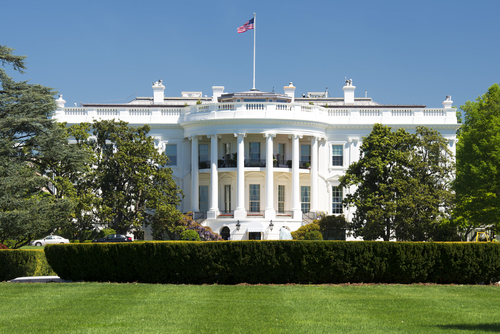After months of anticipation, the Department of Labor (DOL) will release a new version of its proposed fiduciary rule for public comment on Oct. 31.
The announcement will be made during a ceremony at the White House scheduled for 3:30 that afternoon. The President will attend, an indication of the importance the administration places on the issue.
Referred to as the retirement security rule by the DOL, rather than the fiduciary rule (as most industry insiders call it) or conflict of interest rule (as the Labor Department referred to it), it would redefine fiduciary investment advice under ERISA.
More specifically, a post on the Office of Management and Budget (OMB) website said,
This rulemaking would amend the regulatory definition of the term fiduciary ...to more appropriately define when persons who render investment advice for a fee to employee benefit plans and IRAs are fiduciaries within the meaning of section 3(21) of ERISA and section 4975(e)(3) of the Internal Revenue Code.
The rule would cover advisor practices, plan sponsor and participant expectations, and IRA owners who receive investment advice. It would also consider “developments in the investment marketplace,” including compensation structures that could expose advisors to conflicts of interest.
Assistant Secretary for Employee Benefits Security Administration Lisa Gomez acknowledged that a new proposed fiduciary rule would come “very soon” in a speech on Oct. 24 at the 2023 ASPPA Annual conference at National Harbor, Md.
Issuing the proposed rule is a “very high priority” for the DOL and the Administration, Gomez said. “This proposed rule takes into consideration so much that has happened,” as well as what the DOL has heard from stakeholders, she added.
In 2018, the United States Court of Appeals for the Fifth Circuit vacated the previous attempt to implement a fiduciary standard.
“As might be expected by a Rule that fundamentally transforms over fifty years of settled and hitherto legal practices …a full explanation of the relevant background is required,” the judges wrote in that case before providing a lengthy explanation of that background, beginning with the passage of the Employee Retirement Income Security Act (ERISA) in 1974.
In its 2 -1 decision, the court said, “The stated purpose of the new rules is to regulate in an entirely new way hundreds of thousands of financial service providers and insurance companies in the trillion-dollar markets for ERISA plans and IRAs.”
Indeed, attempts to update the regulation—given foundation by ERISA and structure by regulations issued in 1975 (from identified the five-part test)—are not new. No fewer than four attempts have been made in the past decade across three Administrations. The last by the Trump Administration in PTE 2020-02 was allowed to stand by the current Administration, pending development of an update.
In the interim, the DOL’s “new interpretation” of the so-called fiduciary rule (a.k.a. PTE 2020-02) was challenged in federal court in Florida and lost (at least regarding one of the FAQs explaining the applicability of that prohibited transaction exemption (PTE) to rollovers), with a similar suit seeking to reject the DOL’s interpretation in federal court in Wisconsin.
- Log in to post comments
